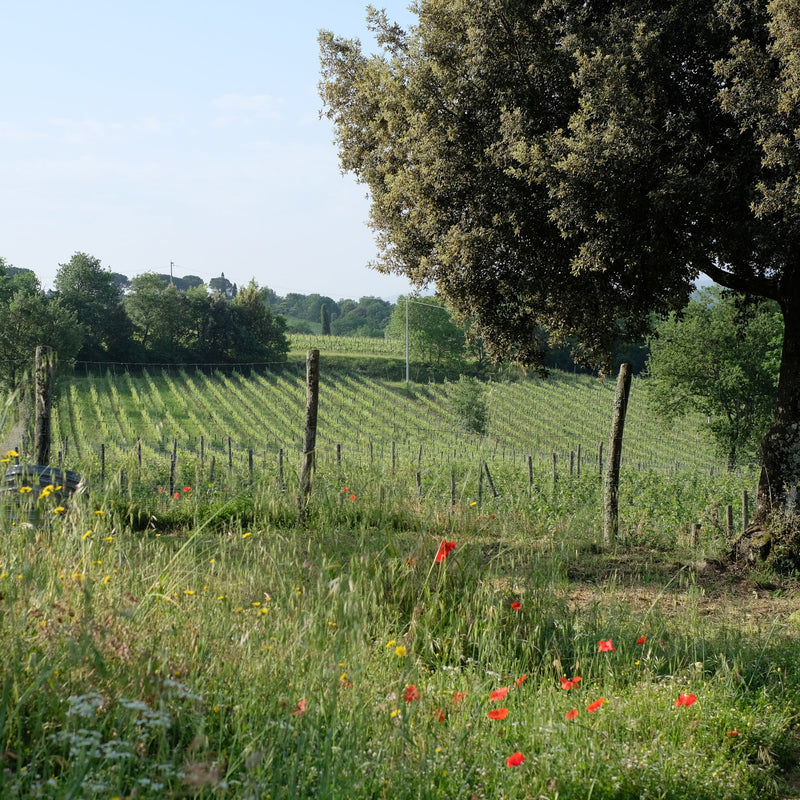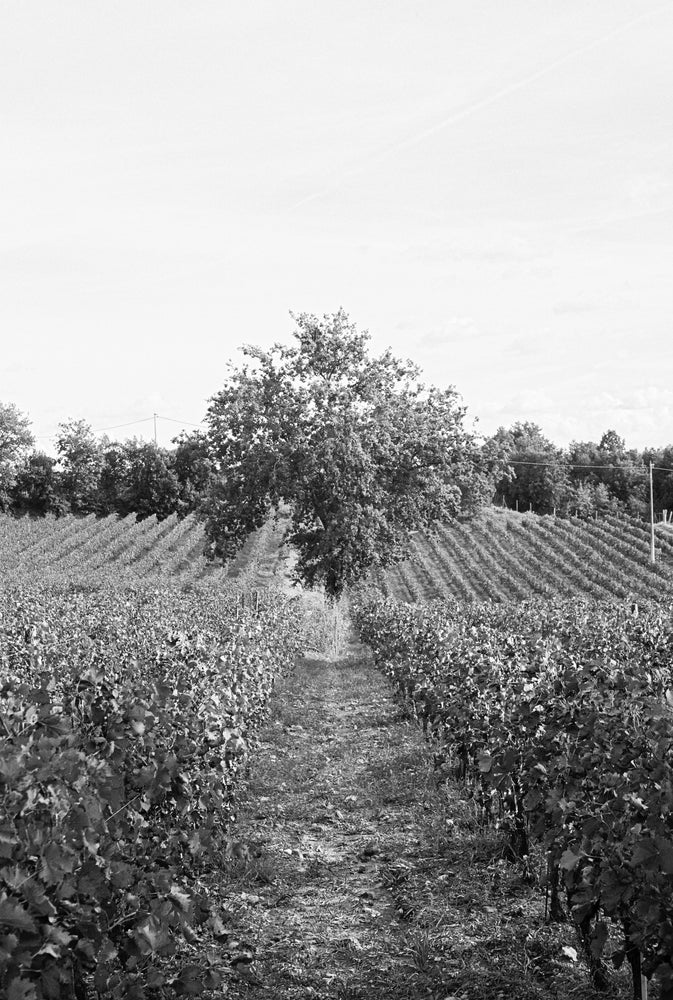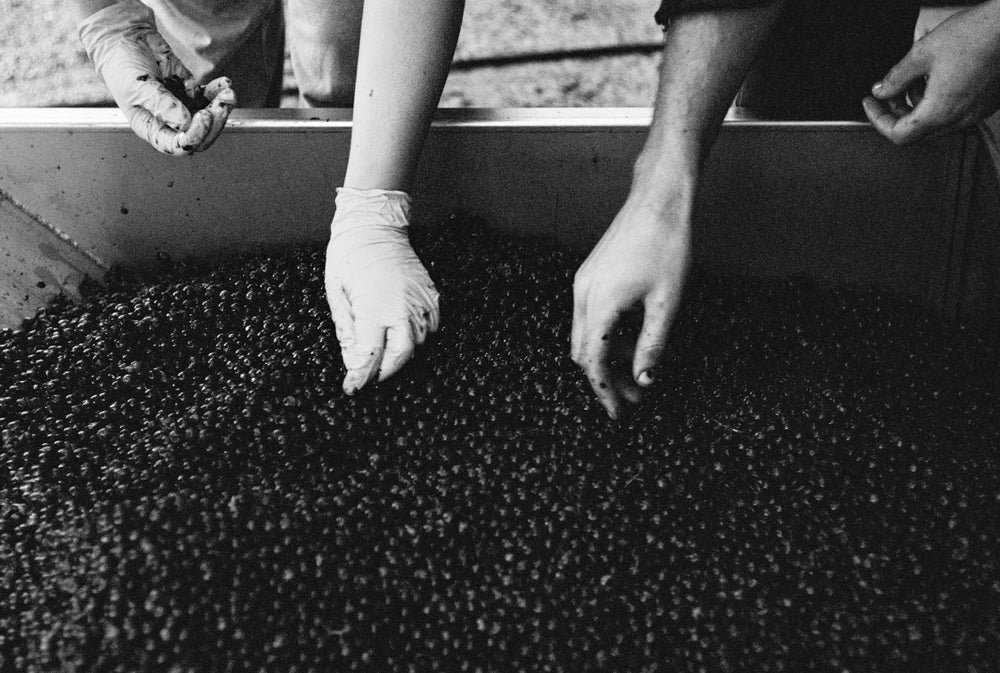Tenuta Licinia is situated near Lucignano in the Province of Arezzo.
We farm several historic vineyards with different geologies that were forgotten over the course of the 20th century.
The Tenuta was founded by Anne and Jacques de Liedekerke when they replanted, in 2007, the historic vineyard, Sasso di Fata that had also been known as the "Vigna del Calcione" in the past.
The vineyard on schiste produced its first single vineyard expression in 2019 and in 2020 their grandson James Marshall-Lockyer took over as winemaker with the aim of recovering several new sangiovese vineyards with particular geologies.
Today the Tenuta farms 12Ha of vineyards and produces 6 different labels from the different terroirs.



